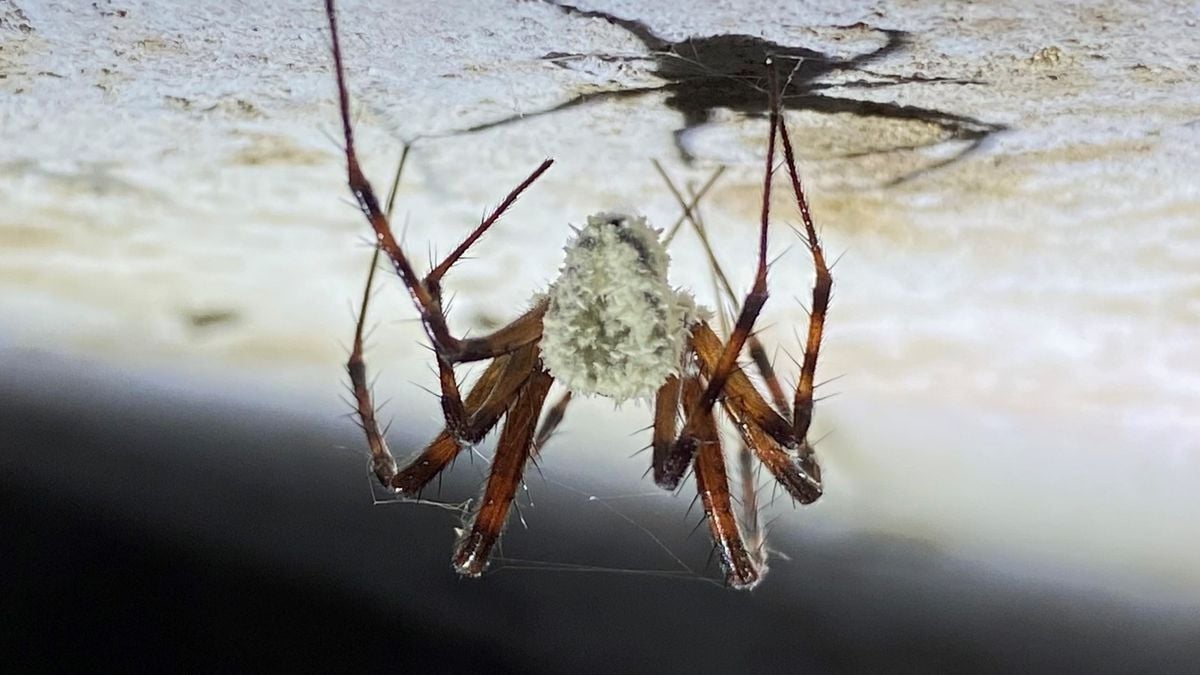They better keep that contained to their slice of the planet or I’m gonna have to fuck some shit up… after I’m done cowering in fear.
G. attenboroughii was originally going to be called G. bangbangus — “bangbangus” being a nod to the gunpowder store where the fungus was found. However, the study authors changed the species name to honor Attenborough instead
Only two options.
Well they had to after Attenborough pointed out that the original name looked like “bang bus”.
While the relationship between the fungus and spiders is interesting, Evans noted the endpoint of this research should be the potential human medicines that could come from the antibiotics and other substances the fungus produces. “It’s a medicinal treasure chest,” he said.
Oh no, haha. What could go wrong?
On a more serious note, new antibiotics could be interesting. I hope we continue to research antifungals in an increasingly warm world.
I also hope we do more research into phages, which seems very promising for things like drug-resistant TB, drug resistant STDs, etc.
We really need better antifungals. Fungal infections can be quite yard to treat, and the few options we have are brutal on the body.
After the spider leaves its lair, G. attenboroughii produces a toxin to kill its host, then uses antibiotics — antimicrobial substances that kill bacteria — to preserve the corpse whilst mummifying it.
Actually might be pretty big.
A “new” antibiotic would be incredibly useful until we over use it





